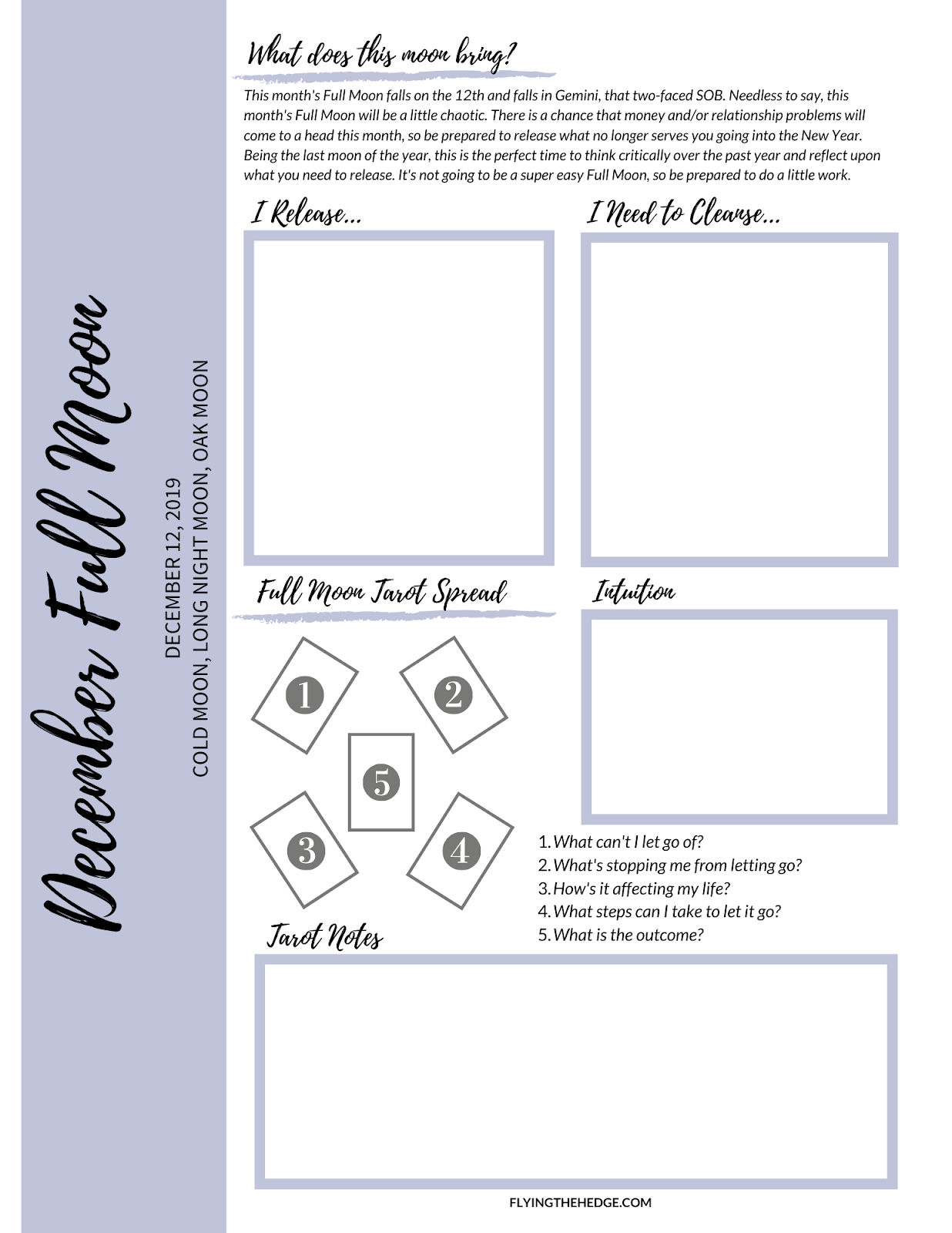Disclosure: Some of the links below are affiliate links, meaning, at no additional cost to you, I will earn a commission if you click through and make a purchase. I received a copy of this book from NetGalley in exchange for an honest review.
Yeah, I know. Two book reviews in a row. Probably not exactly what you wanted, but I promised myself and publishers that I would have these books reviews done before the end of the year. Nothing quite like procrastination right? However, I am especially thankful I have been given the opportunity to read and review these amazing books before they hit the shelves. To all my kitchen witches out there, this is a book for you.
The Magick of Food: Rituals, Offerings & Why We Eat Together by Gwion Raven is a new and interesting approach to kitchen witchery. Unlike other kitchen witch books, this one focuses on the food itself and the act of preparing it. This is not your regular introduction to kitchen witchcraft and Wicca and lacks a lot of that beginner fluff so many of us are tired of reading about. Authors and publishers, please stop with the cookie-cutter introductory book already. But I digress once again. Raven covers a variety of food topics in this book, from the history of food to how you can use food in your modern magical practice. Scattered throughout are little nuggets (pun intended) of wisdom from a variety of authors, chefs, witches, and more and some fabulous recipes. I haven't cooked any of them yet, but reading them made my mouth water.
On top of it all, there are wonderful magical rituals included involving food. I don't know about you, but I love food; I purposely plan entire vacations around food! Raven speaks from this same place; this place of absolute love of food and the amazing things that come with it. His passion for food and the magic it contains is evident in his writing and his sense of humor. I really enjoyed reading about his personal stories that centered around food and it got me thinking about how the biggest events in my life had food at the center, how those smells and tastes bring me back to those moments and that there is amazing magic in that. Furthermore, Raven encourages healthy relationships with food, although he doesn't specifically say this is what he is doing. His exercises around mindfulness and listening to our bodies, even if they want that donut, encourages healthy eating habits by refocusing our attention on the act of eating and enjoying food, instead of just mindlessly eating because we have to or because we are bored.
While some of the historical interpretations, although seemingly well researched, seemed a little farfetched or speculative at times, the foundation the book is built upon is solid. However, there was some little attacks on GMOs at one point which science doesn't support, but otherwise Raven was understanding and mindful of food deserts and food insecurity and refuses to pass judgment on people eating what they need or have to in order to survive. If you are looking for a new book on kitchen witchery, the magic of food, or just looking to practice magic more often, I encourage you to pick up this book. Many witches I talk to complain about not being able to practice magic everyday and how it makes them feel less witchy for whatever reason. Raven offers practical, everyday solutions to practice magic daily through food because we all have to eat, right? That's what separates us from the dead. So prepare to put on your apron or head out to a restaurant and enjoy the magic of food.
The Magick of Food: Rituals, Offerings & Why We Eat Together by Gwion Raven is currently available for preorder and will be released January 8, 2020. What a great start to the New Year!


















